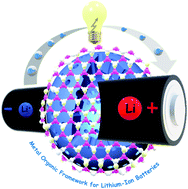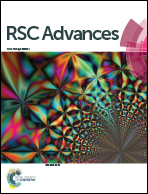Metal–organic framework based electrode materials for lithium-ion batteries: a review
Abstract
Metal–organic frameworks (MOFs) with efficient surface and structural properties have risen as a distinctive class of porous materials through the last few decades, which has enabled MOFs to gain attention in a wide range of applications like drug delivery, gas separation and storage, catalysis and sensors. Likewise, they have also emerged as efficient active materials in energy storage devices owing to their remarkable conducting properties. Metal–organic frameworks (MOFs) have garnered great interest in high-energy-density rechargeable batteries and super-capacitors. Herein the study presents their expanding diversity, structures and chemical compositions which can be tuned at the molecular level. It also aims to evaluate their inherently porous framework and how it facilitates electronic and ionic transportation through the charging and discharging cycles of lithium-ion batteries. In this review we have summarized the various synthesis paths to achieve a particular metal–organic framework. This study focuses mainly on the implementation of metal–organic frameworks as efficient anode and cathode materials for lithium-ion batteries (LIBs) with an evaluation of their influence on cyclic stability and discharge capacity. For this purpose, a brief assessment is made of recent developments in metal–organic frameworks as anode or cathode materials for lithium-ion batteries which would provide enlightenment in optimizing the reaction conditions for designing a MOF structure for the battery community and electrochemical energy storage applications.

- This article is part of the themed collection: 2021 Reviews in RSC Advances


 Please wait while we load your content...
Please wait while we load your content...